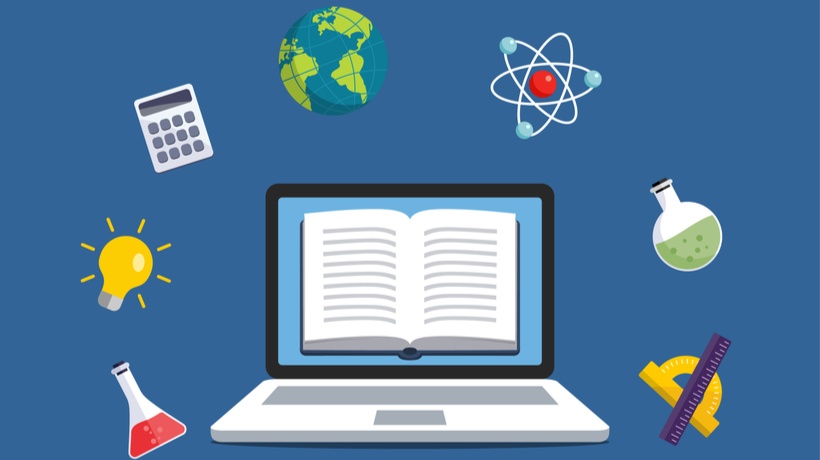In today’s increasingly interconnected world, the ability to work collaboratively is a critical ability. As traditional educational standards develop to meet the needs of the 21st century, joint knowing becomes an essential principle. This short article explores the details of joint learning, exploring its benefits, strategies, and obstacles, while offering understandings into just how it shapes modern-day education.
Joint understanding exceeds simply collaborating.

It personifies an educational method where people participate in a cumulative effort to get expertise, resolve problems, and attain a common objective. This technique highlights the worth of diversity in idea and fosters deeper understanding with interaction and shared experience.
The Advantages of Collaborative Learning
Collaborative understanding supplies a myriad of benefits, making it a preferred method in educational setups around the world. Among the main benefits is the improvement of essential assuming skills. As students involve with peers, they are revealed to various perspectives, encouraging them to examine and examine details a lot more seriously.
One more considerable advantage is the renovation in communication abilities. Collaborative knowing atmospheres require active listening, articulate expression of concepts, and considerate discourse. These skills are vital, not simply academically, however in professional and social contexts also.
Cognitive development is also especially boosted through collaborative initiatives. Interacting requires learners to verbalize their thinking, obstacle presumptions, and integrate various point of views, resulting in much deeper cognitive handling and retention.
- Improved important believing
- Enhanced interaction skills
- Increased cognitive growth
- Higher retention prices
- Cultivating of social and leadership skills
The collective effect of these benefits is an extra holistic educational experience. Learners not just acquire understanding but also establish important life abilities that prepare them for future joint undertakings in any area.
Techniques for Effective Collaborative Discovering
Implementing collective discovering efficiently requires thoughtful approach and preparation.

Educators needs to produce an atmosphere conducive to partnership, where students really feel secure and motivated to get involved openly. Below are some strategies that can facilitate successful collaborative understanding experiences.
Firstly, establishing clear objectives and assumptions is paramount. When students understand the goals and their student-driven encyclopedia duties within the team, they are more probable to involve meaningfully. Educators must communicate these goals clearly and ensure they are straightened with the educational program.
Second of all, the use of varied team structures can improve the understanding experience. By varying group composition, whether by skill degree, interest, or background, educators can boost dynamic communications and a more detailed understanding of the material.
Difficulties in Collaborative Learning
While collective understanding supplies numerous advantages, it is not without its obstacles. One usual issue is the disparity in group participant involvement. Some people may dominate discussions, while others may be less likely to add, leading to a discrepancy in the learning experience.
- Diverse degrees of participation
- Potential for problem
- Time management troubles
- Varying levels of commitment
Moreover, disputes can emerge due to varying opinions, working designs, or misunderstandings. Educators should be furnished to handle these problems efficiently, cultivating a setting where considerate dialogue prevails.
The Function of Innovation in Collaborative Understanding
In the digital age, modern technology plays an important function in helping with collective understanding. On-line platforms break geographical barriers, allowing people from varied places to team up in real time. These devices provide a wide range of attributes that enhance collective efforts, from shared records and conversation forums to virtual conference rooms.

Modern technology not just broadens the scope of that can join collaborative understanding yet likewise enriches the quality of interaction. Learners can access a bigger variety of sources, involve with interactive material, and use their knowledge in ingenious ways.
Future of Collaborative Understanding
Looking ahead, the future of collaborative discovering appears encouraging. As universities continue to welcome innovation and innovate pedagogical techniques, partnership will likely end up being a keystone of discovering experiences in all degrees of education and learning.
Inevitably, the significance of joint understanding hinges on its capability to empower people with shared initiative and good understanding. As we progress, cultivating these experiences will certainly be essential in preparing learners not just to be successful academically, yet to flourish in a complex, interconnected world.

